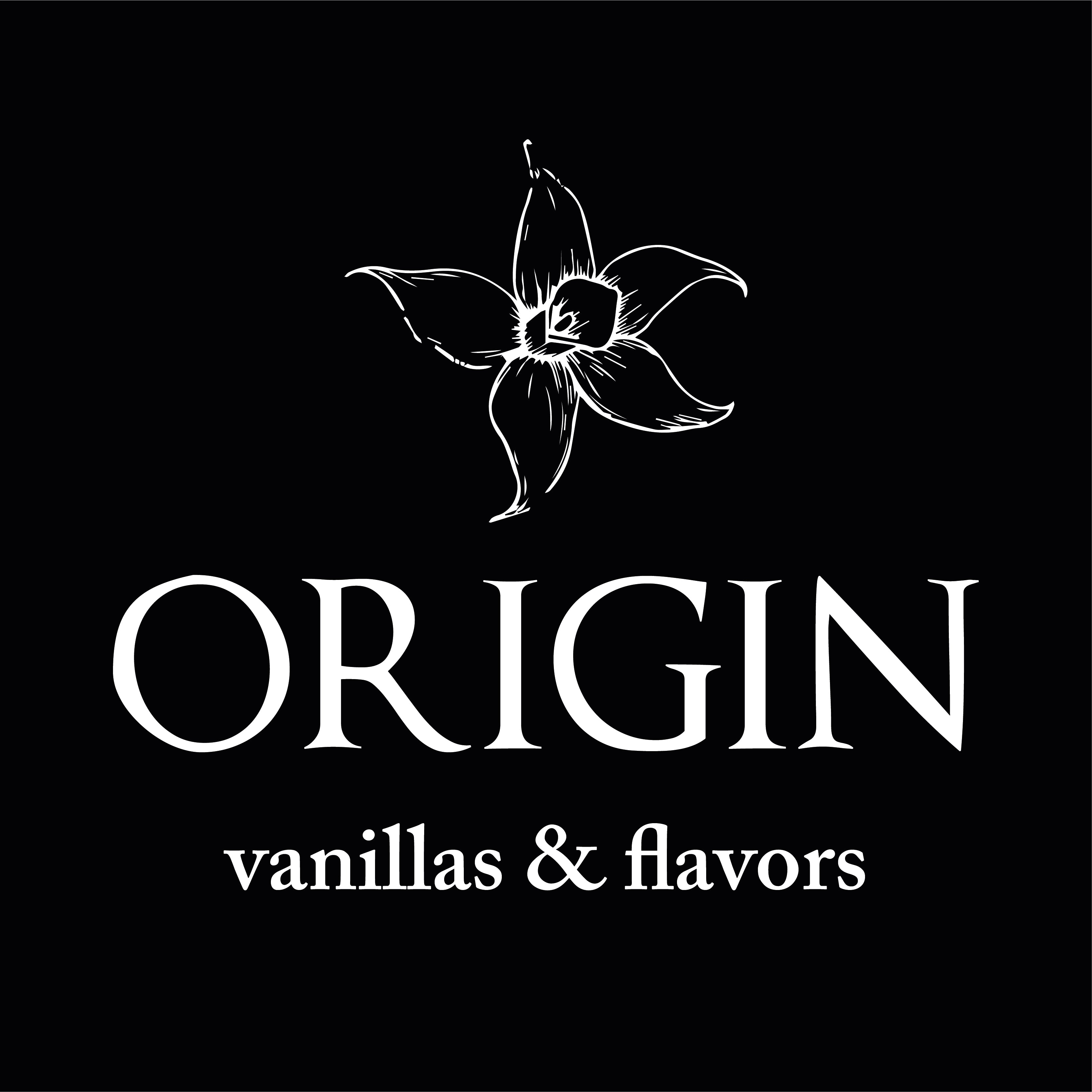I understand the frustration of vanilla buyers. Vanilla is currently selling at an all-time high, over $500 per kilogram at the farm. At Origin, we're able to offer vanilla at a competitive price, although we aren't exactly comfortable with prices.
There's two reasons why vanilla is currently so expensive.
1. It's incredibly labor-intensive.(It's much easier to grow rice.)
2. There's a global shortage.
Now let's dig deeper.
Why Is Vanilla So Expensive?
Vanilla has never been cheap. Over the past 4 years, consumers have seen vanilla prices increase by almost 3x. We’re here to explain why the price of vanilla has increased and how we are working to help ease the price crisis.
1. Crop Failure
Due to climate volatility in Madagascar, vanilla vines have suffered enormously and many farmers have stopped growing altogether. Two cyclones hit Madagascar in 2016 and 2017, which destroyed an estimated 40% of the vanilla crop in the SAVA region, which produces 75% of the world’s vanilla. Vanilla is a difficult crop to grow, as it’s ideal temperature ranges from 75-85 degrees F. Any hotter or colder poses a threat to the health of the beans. During the pollination season, farmers usually enjoy lots of sun and low levels of precipitation, which allows for smooth, successful pollination. Nowadays, climates have become volatile. Farmers have seen an increase in rain during the dry season and a decrease in rain during the wet season. The change has challenged farmers to adjust to new farming practices.
2. Risk of Theft
Due to the sharp rise in prices, farmers are under constant threat of being robbed of their crops. The threat of theft has become so concerning that many aren’t willing to take the risk of cultivating vanilla. Crop security in the form of solar or battery-powered cameras and barbwire fences are common in vanilla farms, which adds to the cost of production. The higher the cost to produce, the higher the price for the consumer.
3. Global Scarcity
Consumers all around the world are transitioning to healthier, natural products as opposed to cheap, synthetic ingredients. The demand for natural vanilla has been increasing annually by over 8%, meanwhile, the supply has remained stagnant and in some cases, lower than the year before. The demand far outweighs the supply, which drives prices up as companies engage in bid wars. Recently, the production of vanilla has spread to new regions such as Colombia, Ecuador, and Peru. Indonesia has also dramatically increased production. For this reason, we expect vanilla prices to drop by at least 20% by 2022, although the market is impossible to predict.
4. Middlemen & Traders
The product of vanilla in itself is made up of many steps, from planting, pollinating, harvesting, curing, and exporting. These steps usually involve a few different people, but what makes vanilla expensive is when the farmers sell to middlemen, who then sell to exporters for 30% more, who then sell to importers, who then sell to distributors, etc. There are simply too many people involved in the value chain, but the main culprit is the middleman, who provides no real value to the crop. Our mission at Origin is to work directly with farmers, which allows us to pay them more while offering consumers a fair price. The key is to educate the farmers on value-added steps like curing.
5. Lots of Labor
It takes 3 years for a vanilla plant to go from seed to bean, which is not incentivizing for farmers who would much rather harvest cacao quarterly or coconuts every week. It’s a long-term game that few have the patience and discipline to succeed in. Each vanilla bean starts as an orchid that must be hand-pollinated with a wooden tool. This involves a significant amount of human labor. Each vanilla orchid is only open for an average of 8 hours. If there is rain, the orchids will become soggy and fail by default. It’s a high-risk, high-reward crop, but we are committed to improving the state of the vanilla industry through transparent sourcing and direct trade.
